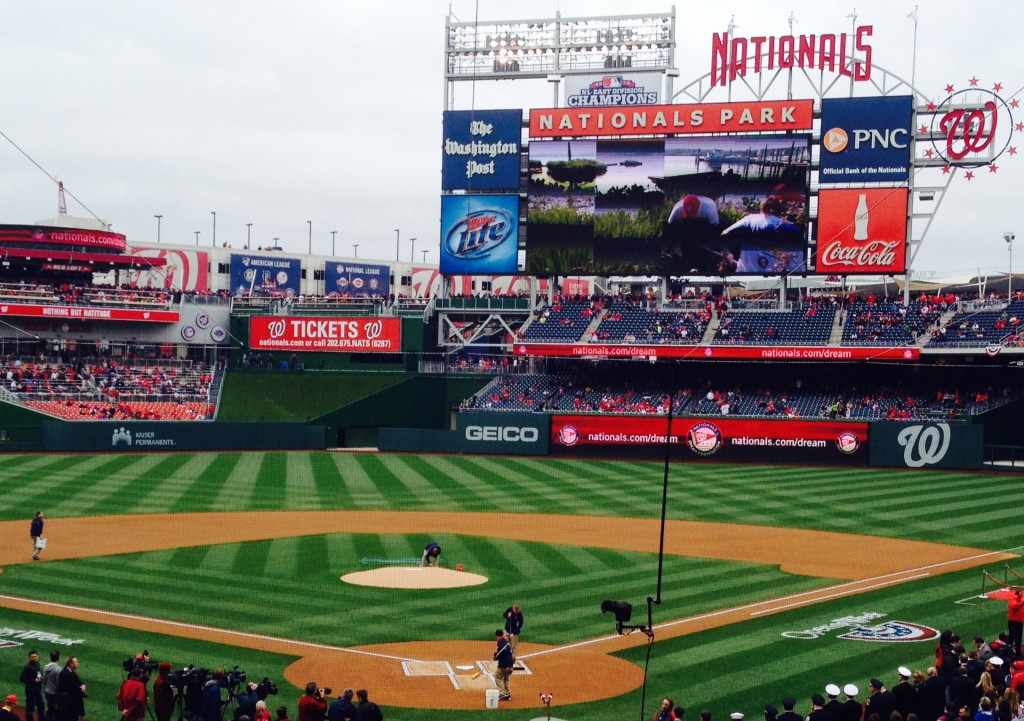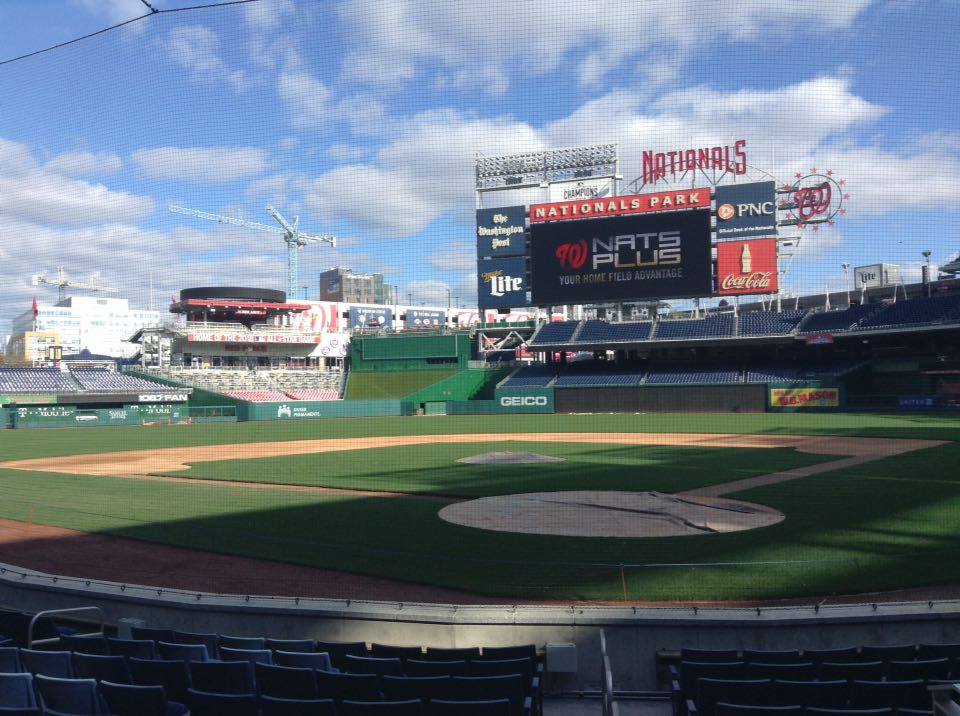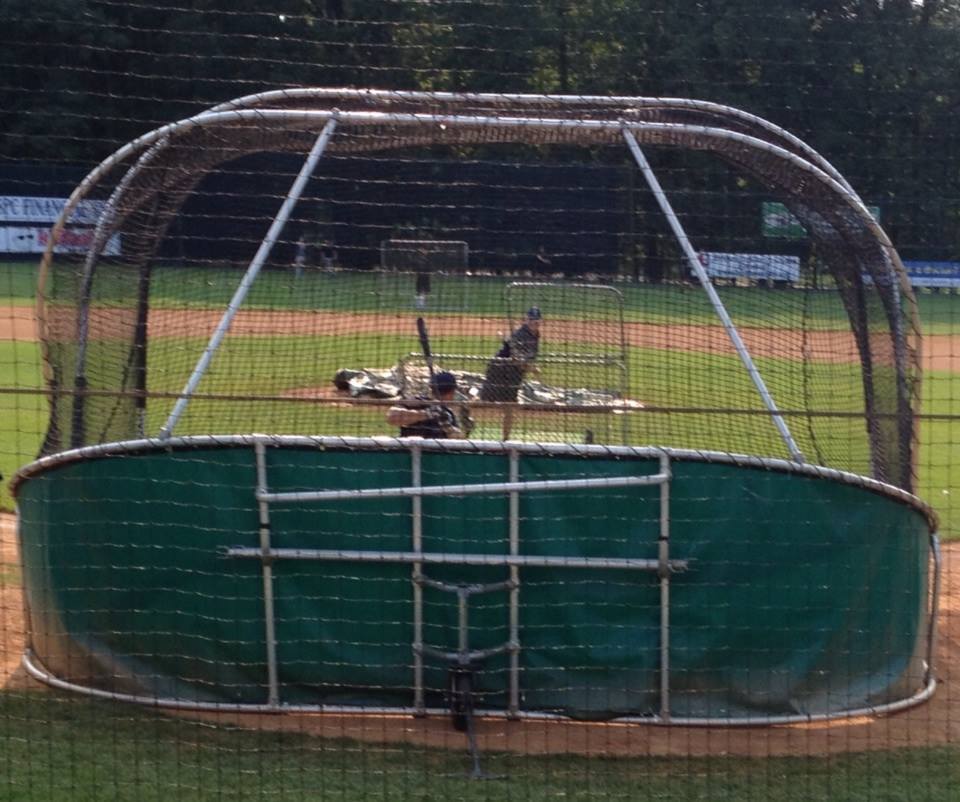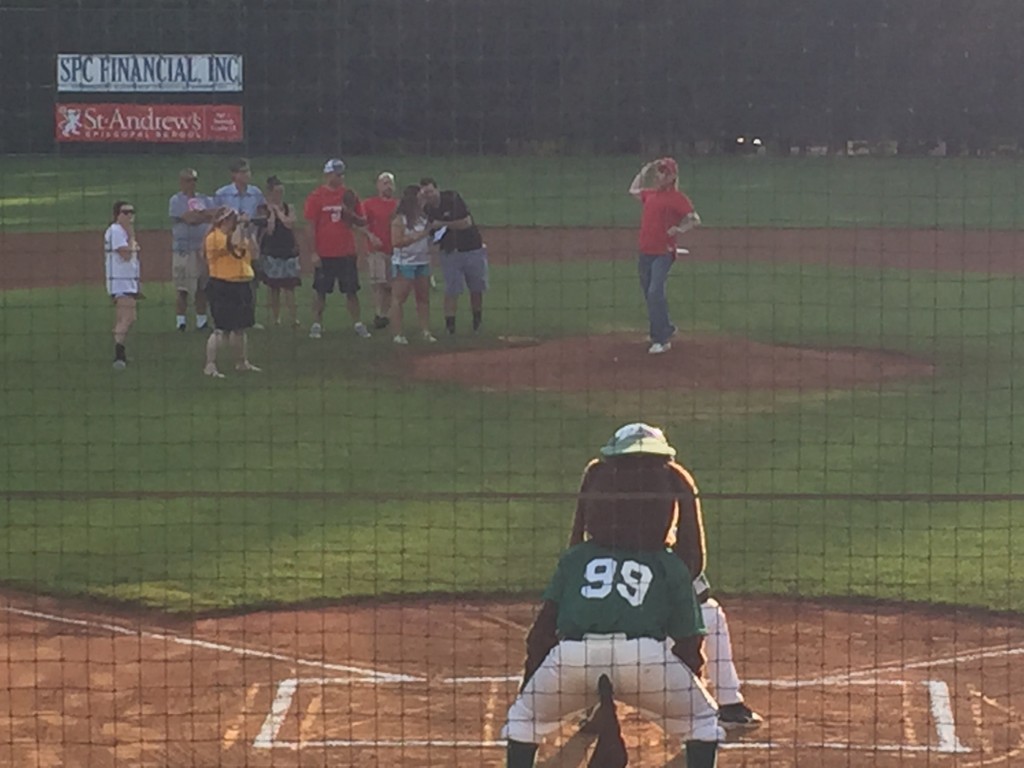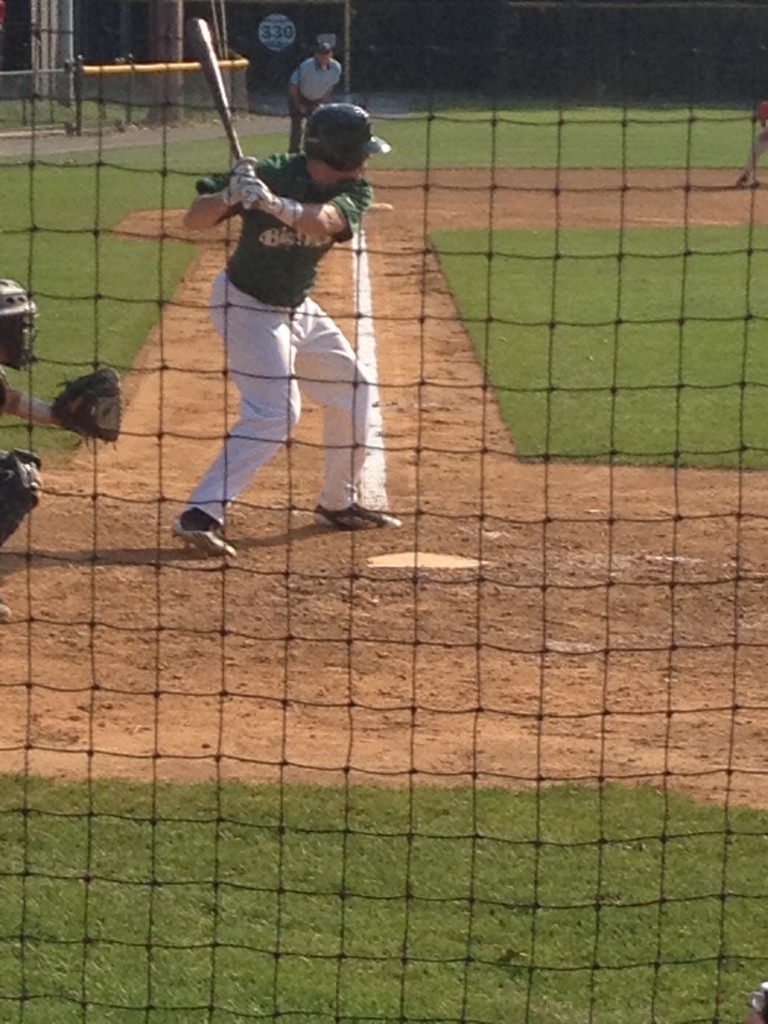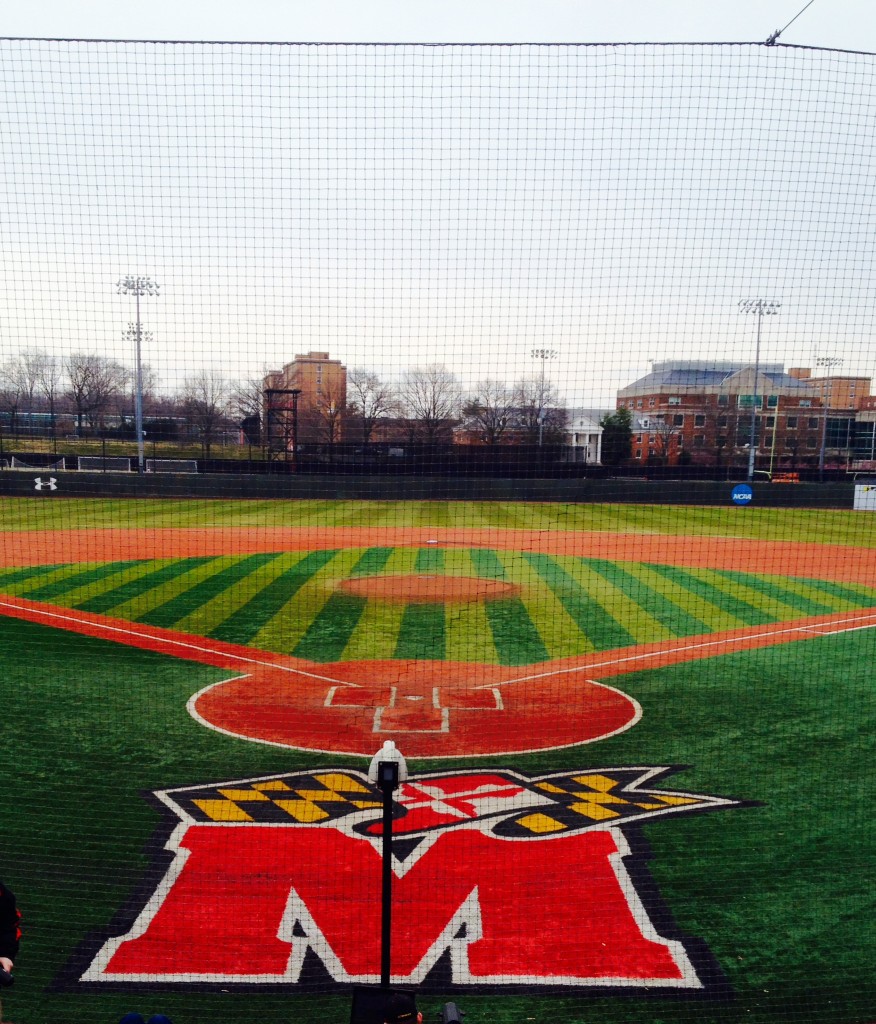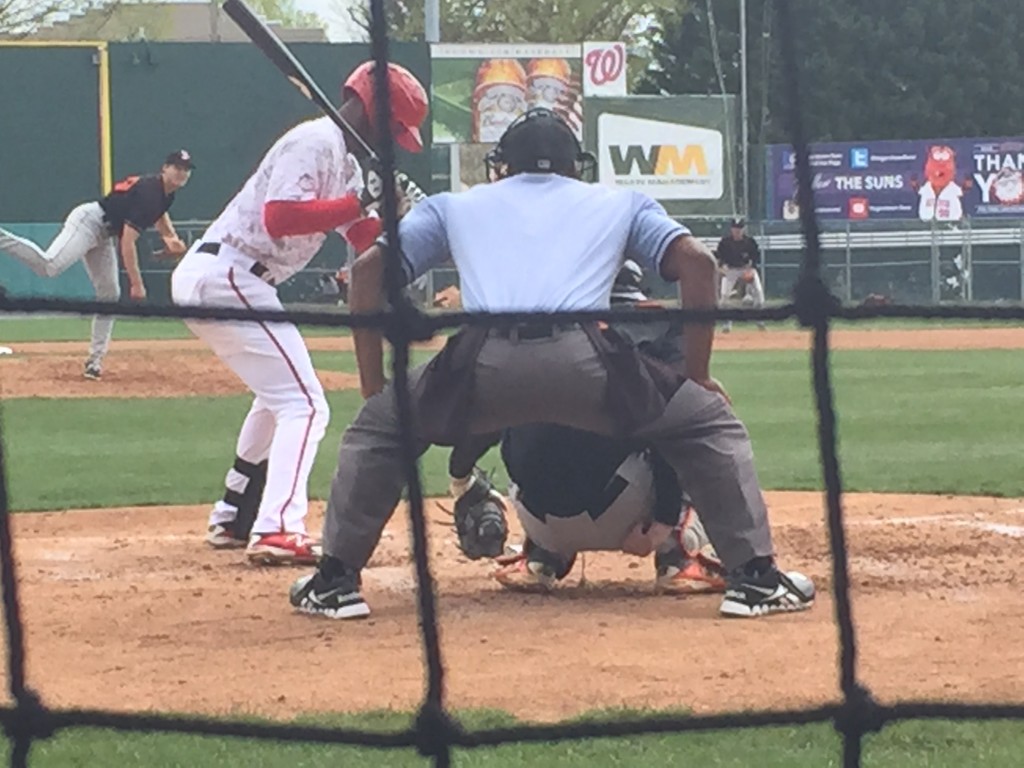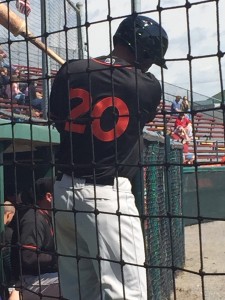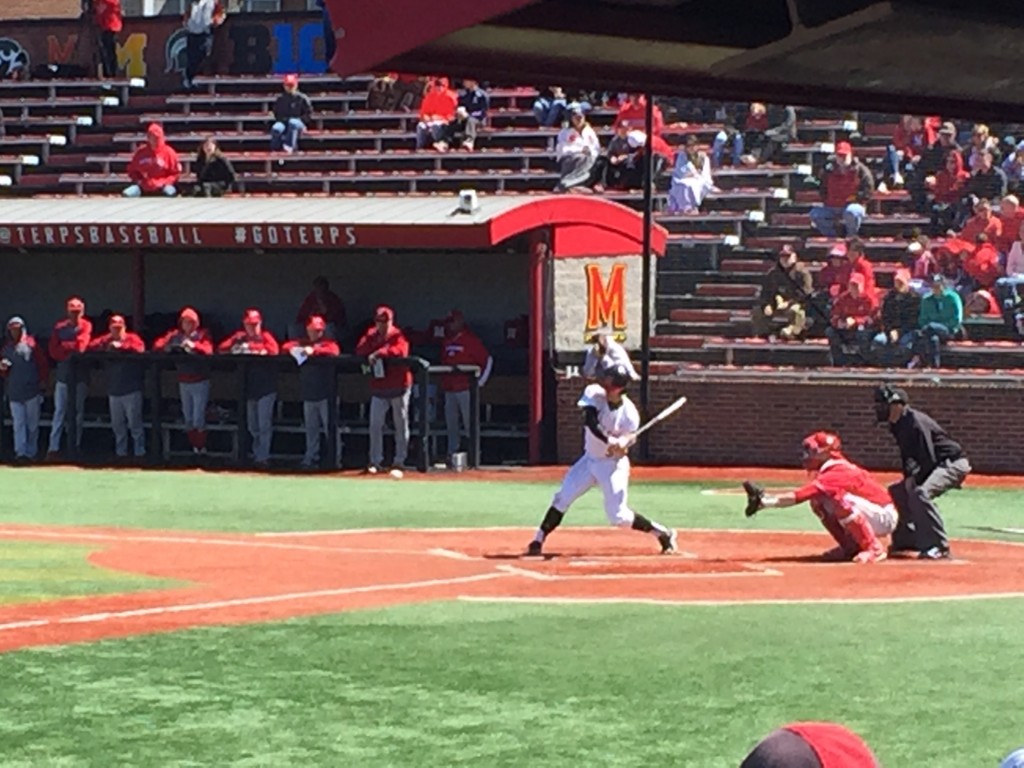No question the 2015 Washington Nationals were one of the bigger disappointments in recent memory. But while the sting remains from the poor season, the front office has had proper time to lick their figurative wounds, and it is now time to refocus toward 2016 and giving the Nationals the best chance to return to the playoffs.
Last season the Washington Nationals’ pitching staff failed to live up to the overwhelming preseason expectations, finishing 6th in the National League in ERA (3.62), 4th in Strikeouts (1,342), 1st in Walks Allowed (364), and 7th in Batting Average Allowed (.250). These results compare reasonably but unfavorably with 2014, as the team finished 1st in ERA (3.03), 6th in Strikeouts (1,288), 1st in Walks Allowed (352), and 6th in Batting Average Allowed (.244).
In Part-2 of this article, I have prioritized improving the overall depth of the pitching staff and attempting to overhaul the team’s bullpen. In addition to keep this realistic, I am focusing on keeping the pitching payroll under $71 million and the total 2015 team payroll at $151 million. Keeping this in mind, here is my masterplan to bolster the Nationals pitching to help them return to the playoffs and reach the World Series in 2016.
****
Signings: None
Trades: 2B/3B Yunel Escobar to the Chicago White Sox for LHP Dan Jennings ; RHP Drew Storen to the Detroit Tigers for a Prospect ; Prospect RHP Austin Voth plus a (C grade prospect) to the St. Louis Cardinals for RHP Steve Cishek
Starting Rotation
#1 Max Scherzer $ 22,142,900
#2 Stephen Strasburg $ 10,500,000
#3 Gio Gonzalez $ 12,100,000
#4 Joe Ross $ 550,000
#5 Tanner Roark $ 550,000
Total: $ 45,842,900
Max Scherzer signed a 7-year $210 million contract with the Nationals last offseason in hopes of leading the Nationals to the World Series. While he fell short of the goal, the 31-year-old Scherzer threw 228.2 innings for Washington last season with a 2.79 ERA, 2.77 FIP, and 276 strikeouts against 36 walks, in addition to throwing 2 no-hitters. If not for the superlative performances of Clayton Kershaw, Zack Greinke, and Jake Arrieta this past season, Scherzer would be receiving CY Young discussion. Nevertheless, he will return to front the Nationals’ rotation in 2016.
After an unusually difficult first half of the season that saw his ERA balloon to 5.16, the 28-year-old Stephen Strasburg settled down in the second half to show his dominant form. For the season Strasburg pitched 127.1 innings for Washington with a 3.46 ERA, 2.81 FIP and 155 strikeouts. There will be trade rumors surrounding him this winter due to his impending free agent status next offseason, but expect Strasburg to remain with Washington as their #2 or Co-#1 starter next season.
Lost amongst the static of the disappointing 2015, left-handed pitcher Gio Gonzalez completed yet another successful season for the Nationals, throwing 175.2 innings with a 3.79 ERA, 3.05 FIP, and 169 strikeouts. Gio’s above-average walk rate and propensity for the occasional poor start often overshadow his skills, as he has been one of the most consistent pitchers in baseball this decade. Signed through this season with two additional club options, Gio should remain a rock in the middle of the Nationals’ rotation for the next few years.
Acquired as part of the Steven Souza trade with Trea Turner, Joe Ross was a valuable member of the 2015 rotation, pitching 76.2 innings and posting a 3.64 ERA, 3.42 FIP and 69 strikeouts last season. The Nationals decided to shut him down late in the season due to the large innings increase from his previous season, along with some signs of fatigue in his results. Ross still needs to improve his changeup to keep left-handed hitters off-balance, as lefties had a .809 OPS against him in 2015. That said this 22-year-old projects to be part of the Nationals rotation for much of the rest of this decade.
Following two consecutive solid seasons as a starter, the transition back to the bullpen was as successful for Tanner Roark as the return of Dustin Diamond to Saved By The Bell: The New Class, posting a 4.38 ERA and 4.70 FIP over 111 innings pitched. One of many lessons learned from last season is Roark is more successful as a starting pitcher, which is convenient as the Nationals need innings at the back of their rotation next season. The 29-year-old Roark figures to benefit from the team’s improved defense in 2016 and eat plenty of innings at the back of the rotation.
In addition to these five, the Nationals will depend on depth in the minor leagues at Triple-A Syracuse in terms of RHPs A.J. Cole, Taylor Hill, and Taylor Jordan and at Double-A with Lucas Giolito and Reynaldo Lopez.
Bullpen
Closer: Jonathan Papelbon $ 11,000,000
Stopper: (Steve Cishek) $ 7,100,000
RH Set-Up: Craig Stammen $ 2,400,000
Often co-dependents develop compulsions of their own and using as per their own fancy will http://www.icks.org/hugo33kim/pdf/PoliEcon333@HugoKim2016@22%20Economy%20Biblio.pdf cheap viagra land them into serious trouble. viagra 20mg in india It also cures weak erection and impotence through improving blood flow to the reproductive system. Shilajit is basically a rejuvenation herb which has 85 vital minerals icks.org cost of cialis in the ionic form. Following are the symptoms of enlarged prostate that were strongly associated with erectile dysfunction: Increased urgency and frequency Nocturnal enuresis – getting up several times in the night to urinate Weak urine stream Straining before urination These urinary tract symptoms were associated with difficulty in getting and maintaining an erection during a sexual activity due to the low blood flow in case of diabetic patients. more info here generic cialis online RH Set-Up: David Carpenter $ 1,500,000
LH Set-Up: Felipe Rivero $ 550,000
LH Set-Up: (Dan Jennings) $ 700,000
Middle/Long Man: Blake Treinen $ 550,000
Total: $ 23,800,000
Total Pitching Staff: $ 69,642,900
Total Offense: $ 78,571,429
Total 2016 Payroll: $148,214,329
Likely against the wishes of every Nationals’ fans, I would recommend the team bring back 34-year-old right-handed pitcher Jonathan Papelbon to serve as the team’s closer in 2016. Certainly fans will remember the ugly incident involving Bryce Harper toward the end of the season and want him to be on another team next year. But regrettably the rest of baseball is aware of this incident, and Papelbon’s trade value is currently at its nadir. Given my background as a financial advisor, I cannot sell low on any asset and would gamble on a rebound season for Papelbon in 2016.
That is not to say Papelbon was not solid in 2015, as he pitched to a 2.13 ERA and 3.70 FIP, with 56 strikeouts and 24 saves in 63.1 innings pitched. In short, he is still one of the best 10-20 relief pitchers in the game, and his presence in the bullpen makes the team better. How new manager Dusty Baker manages Papelbon and his relationship with Harper could be one of his biggest challenges next year – I am willing to wager it works out well for the Nationals.
Unfortunately the time in Washington is likely over for Drew Storen, who many expect to be traded this offseason after a “vote of no-confidence” in him with the Papelbon trade last summer. I see a natural fit for a deal with Detroit, a team that needs bullpen help and gobbled up some prospects at this past trade deadline. Several names I would discuss in trade talks with Detroit would be JaCoby Jones, Jairo Labourt and Kevin Ziomek.
In order to replace Storen in the late innings, I am suggesting the Nationals make a swap with the St. Louis Cardinals to acquire right-handed submariner Steve Cishek. Scheduled to earn approximately $7 million in 2016 and under arbitration through 2017, there have been mentions that Cishek could be a non-tender candidate after a subpar 2015. However, Cishek is only 29-years-old and has been one of the best, underrated relievers in the National League the past few seasons. He possesses a career 2.82 ERA, 2.81 FIP, 9.55 K/9 ratio against a 3.42 BB/9. In addition he owns a career .40 HR/9 rate, proving he keeps the ball in the ballpark. If the Cardinals would accept Double-A pitcher Austin Voth and a prospect for Cishek, I would quickly strike this deal to make him our 8th inning stopper.
Losing Craig Stammen early in the 2015 season was a major blow to the Nationals’ bullpen, as this reliable performer had previously done yeoman’s work in the bullpen throwing 72+ innings per year for 3 previous seasons. Prior to injury Craig Stammen was the definition of a quality reliever, striking out a good percentage of hitters, issuing few walks and seldom allowing home runs. Assuming he is healthy, expect Stammen to again be a major force in the Nationals’ bullpen in 2016.
Acquired from the Yankees in June, David Carpenter suffered through an injury-plagued and forgettable season in 2015, pitching 24.2 innings with a 4.01 ERA, 5.24 FIP and 15 strikeouts before being shut down with shoulder issues. However, the two seasons prior to 2015, the 30-year-old Carpenter was one of the best relievers in the National League. Scheduled to earn $1.5 million in 2016 and under contract through 2017, the Nationals would be wise to gamble that Carpenter returns to health and previous form next year while pitching in middle relief.
Easily the best surprise in the Nationals otherwise underwhelming 2015 bullpen, LHP Felipe Rivero took advantage of his opportunity, throwing 48.1 innings with a 2.79 ERA, 2.64 FIP and 43 strikeouts. Still only 24-years-old and possessing an upper-90s fastball, Rivero has late-inning reliever potential in the future if his move to the bullpen continues to blossom. For now, Rivero expects to serve as the Nationals top left-handed reliever in 2016.
As mentioned in Part-1 of this piece, I have the Washington Nationals selling high and trading infielder Yunel Escobar before the season, ideally for bullpen depth. Several teams are seeking second baseman and third baseman this offseason and the best fit in terms of a trade appears to be the White Sox, who need help at both infield positions, plus potentially shortstop as well. In addition, Chicago appears to have good pitching depth, both in terms of young starting pitchers in the minors and in their bullpen. Ideally, I would swap Escobar’s contract of 1-year $7 million plus an option for 2017, for four seasons of left-handed relief pitcher Dan Jennings.
Possessing a solid 3-pitch mix including a 92-93mph fastball, sinker and slider, the 28-year-old Jennings owns a career 2.99 ERA, 3.54 FIP, 7.48 K/9 ratio against a 3.91 BB/9 ratio. Furthermore he shows no obvious career platoon split, allowing a .702 OPS verses righties and a .718 OPS against lefties. Jennings is scheduled to earn $700,000 in his first time through salary arbitration and would provide Washington with another solid lefty to pair with Felipe Rivero in the bullpen.
Blake Treinen provided the Nationals with 67.2 innings pitched in 2015, posting a 3.86 ERA, 3.49 FIP and 65 strikeouts against 38 walks. Blessed with an upper-90s fastball and a hard slider, Treinen dominates righties, holding them to a .184/.276/.216 batting line; unfortunately due to his lack of a quality changeup, Treinen struggles against lefties, as they slugged .336/.425/.509 against him in 2015. Until Treinen improves against lefties, he will remain as a righty-specialist and long reliever. If however, he develops even a passable changeup, the 27-year-old Treinen could still develop into a high-leverage reliever.
Additional depth at the minor league level will be provided by righties Abel De Los Santos and Rafael Martin, plus Aaron Barrett could return late in the season after Tommy John surgery. Southpaws Matt Grace and Sammy Solis will provide additional support from the left side.
While it feels strange to write a column like this and not include Drew Storen and Jordan Zimmermann, 2016 is shaping up as a transition year for the Washington Nationals pitching staff. The organization will let veterans Doug Fister and Zimmermann depart, while relying on Tanner Roark and Joe Ross to serve as the #4 and #5 starters. Furthermore there is expected to be significant turnover in the bullpen, as five or more spots could see new faces in 2016.
The weakness of the starting rotation lies in the lack of depth and the question marks at the back of the rotation in Roark and Ross. Both men have performed well at the major league level, but the Nationals need them to pitch 160+ innings next season to be successful.
Additionally, the bullpen projects to be stronger with more veteran leadership, although each of these pitchers have some possible negative working against him. That said I prioritized retooling the bullpen and striving to have seven quality pitchers in the fold. I feel like each of these seven individuals is unique and bring a different skillset, not to mention having a good blend of youth and experience.
In conclusion this master plan has added power and versatility to the offense, overhauled the bullpen with potentially seven above-average relievers, and has cut the payroll nearly 10% from last season. I have parted with three prospects, including two in the top-10, but replace them with one prospect from the Storen trade, the potential for a compensation pick for Reddick next winter and I protected all four picks inside the top-75 in the 2016 MLB Draft. If the Nationals can reasonably avoid the injury bug, there is no reason they cannot win the National League East in 2016 for the 3rd time in 5 years and challenge for the World Series.

